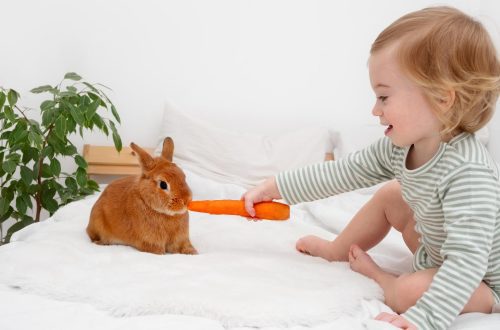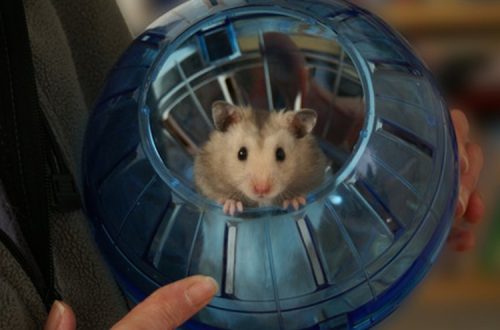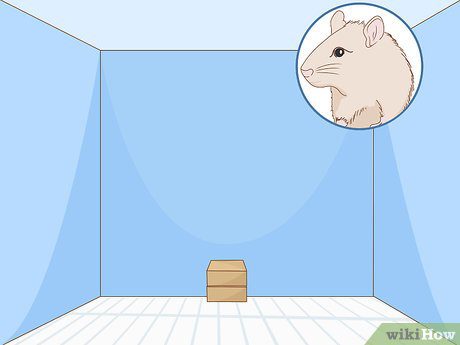
How to make a do-it-yourself hamster maze: building tunnels, pipes and obstacle courses
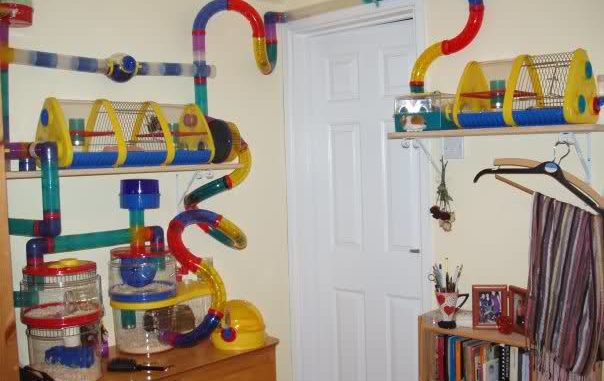
The original design for hamsters – the labyrinth serves as additional entertainment for small rodents. Despite the proposals of large zoo networks, it is interesting to figure out how to make a labyrinth for a hamster with your own hands. There is nothing difficult in this.
Contents
Cardboard maze
The most simple and uncomplicated maze. It can be done with children who will gladly take part in this. For work you will need: a large box, cardboard, non-toxic glue or tape and scissors. The box itself will be the base – the room. Cut out strips of cardboard of any length and stick them in the box so that they form “walls”. The animal will have to bypass these walls in order to get to the treat. Pieces of delicacy should be spread out in several places so that the animal would be interested in looking for a “yummy”.
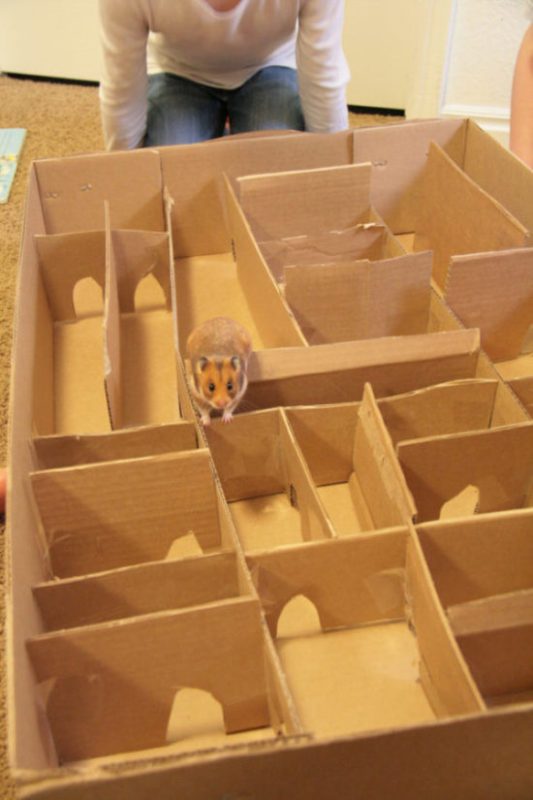
You can improve the labyrinth by adding a second floor to it. This can be done if the box is tall enough. You should not make a tier too high so that the baby, falling, does not damage its paws.
Build a ladder to the second floor, this will help the rodent get to the top of the maze.
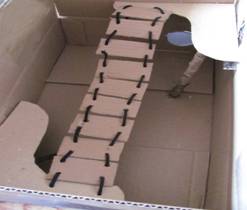
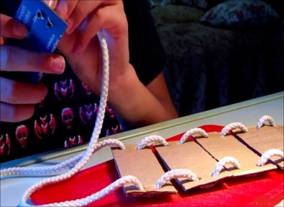
Such a ladder can be glued to two ledges of a “one-story” structure.
If you combine a home-made structure with a rodent cage, then there will be no additional stress for the animal. He will be able to get out of the cage into the labyrinth. Otherwise, it must be pulled out and planted in an unfamiliar “terrible” environment.
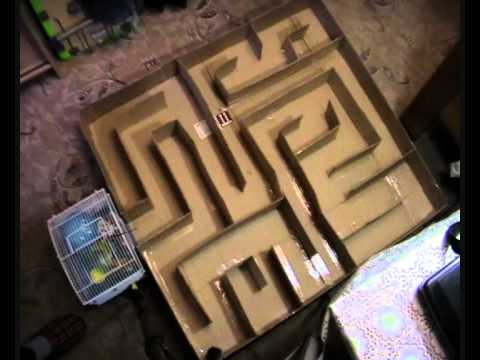
If your cage is connected to such a cardboard structure, the animal must be observed. The rodent will very quickly figure out that the walls are vulnerable and make a hole in it. If the parts are connected with adhesive tape, it is necessary to observe the animal so that it does not try the tape “on the tooth”. In the labyrinth for jungars, you can paste moves from rollers from toilet paper or paper towels.
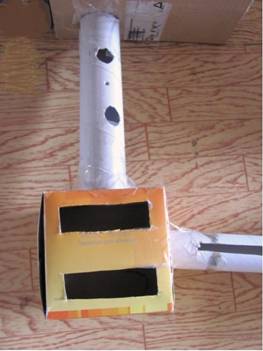
The cardboard construction requires frequent restoration and is not strong enough. Such a labyrinth can be made of plywood or plastic, which will last longer.
Maze for hamsters from the designer
If you have Lego at home, it will not be difficult to make a playground out of it. Here the child will not only help, but also do most of the work. Unlike boxes, Lego does not require additional decoration, and it will not be easy to eat. With the help of the designer, you can build a real obstacle course for hamsters, make arches and towers.
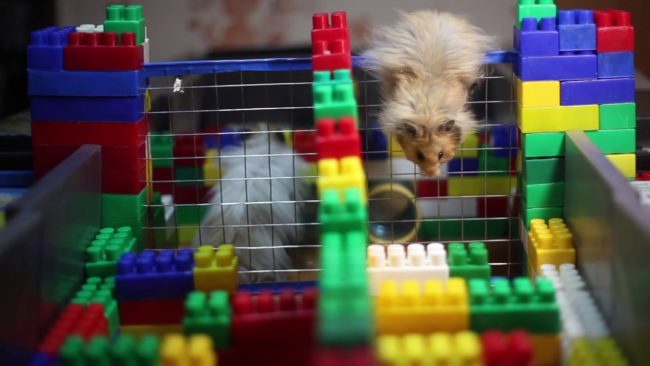
How to make a hamster tunnel
Tunnels can be bought at a pet store or made on your own. What these structures are made of:
- plastic bottles;
- toilet paper rolls;
- boxes;
- plumbing pipes.
The choice depends on the size of the animal, the materials at hand and the flight of fancy.
Hamster tunnels made from plastic bottles
The advantage of such structures can be attributed to their safety and availability. Food plastic bottles of 1,5 and 2 liters are perfect for makeshift tunnels. The choice of volume depends on the size of the hamster: 1,5 liters is enough for the Dzungarian, a 2 liter bottle is required for the Syrian.
For work you need a clerical knife, scissors and electrical tape. The design consists of identical nodes arranged in random order. Each knot consists of two bottles, one of which “pierces” the other at a right angle. Take two bottles:
- Cut two holes in one of them just below the neck. One should be small, the neck of the second bottle will enter it, and the other should be larger, the wide part will be attached there.

- In the second bottle, make a hole through which the hamster will fall into it from the first.

- “Push” the second bottle through the first so that only the neck passes through.

- Put the cap on the neck and screw it on.
- It turned out a knot of two connected bottles.
- Make the second knot from the second and one more – the third bottle. Make two holes for fastening the third bottle, stepping back a little from the bottom of the second bottle. And then, as well as the first node.

- Connect the bottom parts 2 and 3 of the bottle to any number of knots in any direction.
- In the middle of the first bottle, make an entrance for hamsters, attach a half-cut bottle to it.
- Tape the cut edges with electrical tape so that the animals do not get hurt.
- In the middle of the resulting funnel, cut two holes for the passage of animals in both directions.
You can also make tunnels for animals from colored bottles, especially if the animals are shy. Animals should not be left alone in these structures. They can loosen or gnaw through the walls or suffocate in tightly closed bottles.
Tunnel for a hamster from boxes and rolls of toilet paper
This design is suitable for small hamsters, a large Syrian hamster will not fit through a roll of toilet paper, or it will be very inconvenient for him. Therefore, we focus on jungars and other kids. Such tunnels can be made in two ways: only from rollers or rollers and boxes. In the first case, holes must be cut out in the rollers and inserted one into the other, as shown in the picture. These nodes then need to be connected to each other in an arbitrary order.
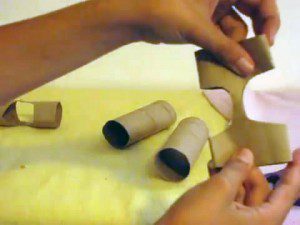
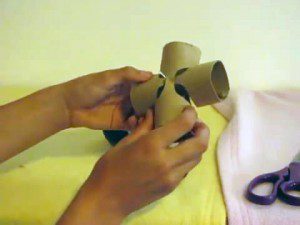
In the second case, glue the rollers into small boxes with non-toxic glue. To do this, you first need to cut a hole in the wall of the box along the width of the roll, insert the roller there and fix it with glue.

Since these passages are made of cardboard, make sure that the hamsters do not eat their exits “to the wild” in them.
Pipe structures
Plastic pipes for hamsters are a real find. They are non-toxic and have pre-threaded connections. The sizes can be chosen arbitrarily, and their bends are the most intricate. Gray, transparent and white corrugated pipes are perfect for animals. From all this you can create an unusual tunnel. Do not forget to make holes for the animals to breathe in a makeshift labyrinth.
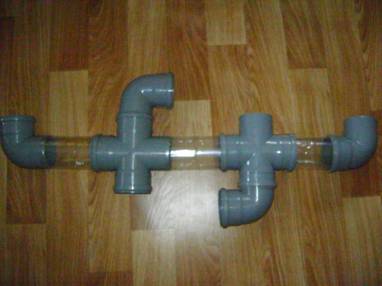
How hamsters behave in a maze of pipes and tunnels
To rodents, pipes resemble holes. In nature, the dwellings of animals are similar to multi-way labyrinths, therefore they also treat artificial tunnels favorably. This often creates problems for the owners of a new pet. If the cage has a separate “burrow” in the form of a plastic tube, the animal will try to make a home in it, ignoring the rest of the room. It happens even worse, the animal places its toilet there. Remember, for hamsters, mazes are a very attractive part of the room. If a new animal has appeared in the house, do not immediately put a tunnel for it. Let him get used to you and the family, settle down a little. But there are cases when the animal still lives in a pipe, like in a house. Don’t worry, leave it there, but clean the house regularly.
Cages with tunnels for hamsters
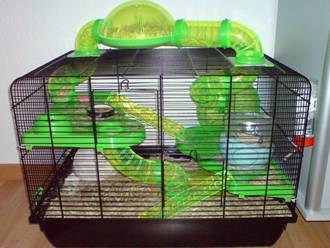
In modern cages, manufacturers try to add tunnels for the convenience of animals. These additions implicitly increase cage space, giving hamsters more artificial runways.
On sale there are tunnels themselves, from which you can build a convenient structure. Tunnels can connect 2 adjacent cells, or can be used as a transition to the second floor.
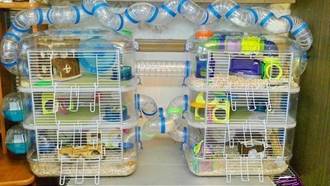
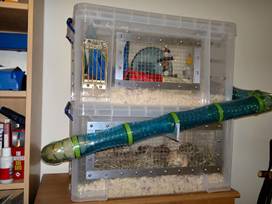
Is there a ready-made hamster cage with a maze for sale? Perhaps there is. But what is a maze in a cage? This is a construction of many tunnels. Most likely, you will have to make it to order, which is quite expensive. There is a way out, buy separate tunnels and attach them to the cage. Another option is a hamster cage with pipes. Pipes can be attached to the bars of the cage and taken out of it.
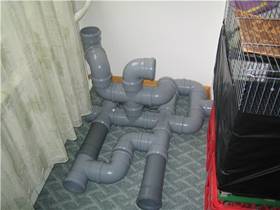
Completed hamster cage with tunnels
You can buy a cage equipped with tunnels in almost any major pet store. The price for an ordinary cage starts from 1,5 – 2,0 thousand rubles. Tunnels add the cost of a cell from 500 to 2,5 thousand rubles. So the cage FerplastLauraDecor costs from 3900 rubles. up to 4500, depending on the store.
At the same time, a separate pipe can be bought inexpensively. On average, one link of the tunnel costs a little more than 200 rubles, and sometimes even cheaper. So Ferplast Pipe-bend can be bought for 184 rubles.
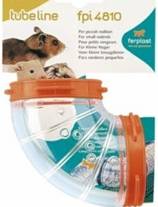
Tunnels and labyrinths are very important for small animals that in nature travel long distances in search of food. In captivity, rodents are provided with food, but they need to move quite a lot. One wheel is not enough. Labyrinths equipped with obstacles, ladders and bridges, and tunnels imitating burrows and passages will help the animals stay healthy.
DIY hamster maze
3.7 (74.85%) 97 votes







